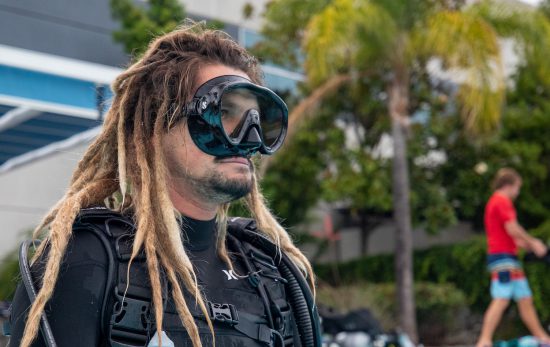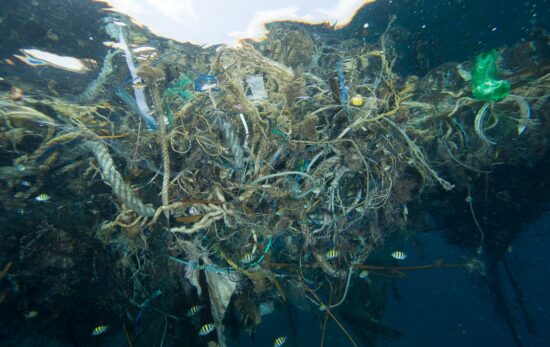Mention the Great Pacific Garbage Patch, a vortex of trash collected from an ocean gyre in the central North Pacific, and it brings up a lot of emotions. Especially for divers.
What some people don’t know, is that there isn’t just one garbage patch of plastic, there are five.
A few other facts:
• The Great Pacific Garbage Patch is located halfway between Hawaii and California.
• It covers 1.6 million square kilometers.
• It is made up of 1.8 trillion pieces of trash.
• The trash gets trapped by circulating currents called a gyre.
• Patches are happening in the five subtropical gyres in the world.
These plastics cause direct harm to marine life who mistake it for food. Once plastic particles are in the digestive tract of even the smallest species, it enters the food chain and makes its way to humans. Other animals like sea turtles and birds get trapped in the debris and perish. But whether it’s indirect or direct harm, the effects of the plastic patches on marine life, our waters, and people, are endless.
But there’s hope.
The founder of the nonprofit The Ocean Cleanup, 18-year old Dutch inventor Boyan Slat, has figured out a way to make the gyres work with him instead of against him. Through the organization’s advanced technologies, they’ve come up with a system to clean up the world’s oceans of plastic.
https://www.instagram.com/p/BzcofQnCGsJ/
And he’s not alone. Big names in the tech industry such as Peter Thiel, co-founder of PayPal, and Marc Benioff, the chief executive at Sales Force are backing him up.
“With Boyan’s innovative leadership, I believe The Ocean Cleanup will have an incredibly positive impact on the future of our oceans,” said Benioff “I hope other leaders will join us in supporting these efforts.”
The $20-million project features floating boom systems that float with the currents between California and Hawaii, gathering and trapping up to 150,000 pounds of plastic per year. The goal: Clean up half of the Great Pacific Garbage Patch within the first five years.
The floating system will also have shallow netting below the boom to collect smaller pieces of plastic. The nets are no deeper than 10 feet, shallow enough for fish and turtles to swim beneath. When the boom is full, a vessel will travel to the boom, collect, and transport the plastic to land for sorting and recycling.
https://www.instagram.com/p/Bzsnp2jIS21/
The Ocean Cleanup team continues to modify and test the design. The latest version, System 001/B, arrived in the patch on June 27 after an eight-day transit. For the next two months, the team will test the new structure and reconfigure it offshore.
“This modular approach we have taken enables us to make changes swiftly, thus significantly improving our iteration cycle time and allowing us to adapt at a quicker pace. We are looking forward to what’s to come, and we are prepared to encounter more unknowns. We do know that in these upcoming weeks, we will learn as much as possible – the ultimate goal being to reach proof of technology.” – The Ocean Cleanup
Thankfully, the team is updating their site and social media accounts regularly – giving all of us who are anxiously waiting on the other end, hope for a plastic-free ocean in the future.
Stay up-to-date on The Ocean Cleanups advances, or donate to their efforts, here.


